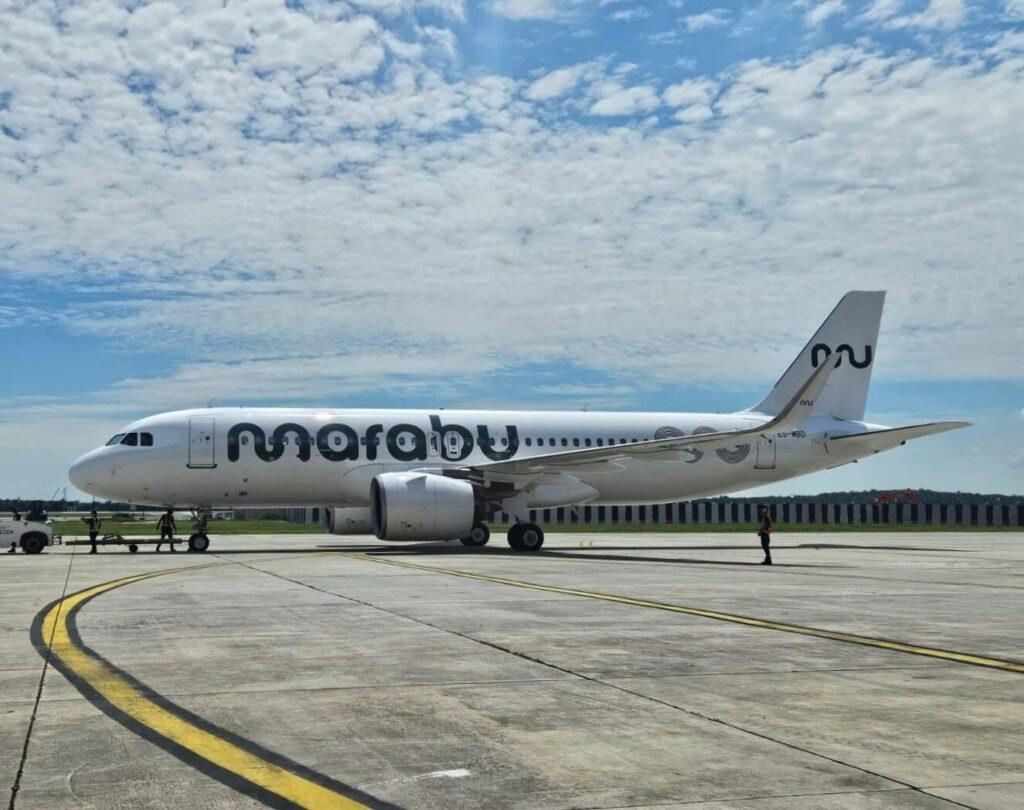
AeroGenie – Ihr intelligenter Copilot.
Trends
Categories
Ryanair Considers Revising $30 Billion Boeing Order Amid U.S. Criticism Over COMAC Jets

Ryanair Considers Revising $30 Billion Boeing Order Amid U.S. Criticism Over COMAC Jets
Reassessment of Boeing Deal Amid Rising Costs and Trade Tensions
Ryanair, Europe’s largest low-cost carrier, has signaled it may reconsider its substantial $30 billion order with Boeing if escalating U.S. trade policies result in higher aircraft prices. This development highlights the growing friction in the aviation sector amid intensifying trade disputes between the United States and its global partners. The airline’s CEO, Michael O’Leary, conveyed in a letter to Democratic Congressman Raja Krishnamoorthi that Ryanair would “reassess” its commitment to purchase 330 Boeing jets should tariffs increase costs significantly.
O’Leary’s remarks come alongside indications that Ryanair is open to exploring alternatives, including China’s Commercial Aircraft Corporation (COMAC). The Chinese manufacturer’s C919 model, a narrow-body jet designed to rival Boeing’s 737 and Airbus’s A320, has emerged as a potential option if it can be offered at a price 10 to 20 percent lower than Western competitors. While O’Leary emphasized that no formal discussions with COMAC are currently underway, the mere prospect of a major Western airline considering Chinese aircraft has raised concerns among U.S. lawmakers.
U.S. Lawmakers Voice Security Concerns Over COMAC
Congressman Krishnamoorthi, who chairs a House committee focused on U.S.-China competition, cautioned against Western airlines contemplating purchases from Chinese manufacturers linked to the military. In his letter, he warned that “U.S. and European airlines should not be even contemplating the future purchase of airplanes from Chinese military companies,” referencing COMAC’s alleged connections to China’s defense sector. This stance reflects broader apprehensions in Washington about the strategic implications of expanding China’s footprint in the global aerospace market.
Boeing Faces Market Challenges Amid Geopolitical Pressures
Boeing is confronting significant challenges as it navigates the repercussions of trade disputes and safety concerns that have undermined its sales, particularly in China. Earlier this year, Chinese authorities rejected three completed Boeing jets, forcing the company to seek alternative buyers for aircraft initially intended for Chinese airlines. These setbacks have intensified pressure on Boeing’s market position, with analysts warning that losing a key customer like Ryanair could further erode investor confidence and provide an opening for Airbus to strengthen its market share.
The potential shift by Ryanair to COMAC underscores the evolving dynamics within the global aviation industry. While Boeing and Airbus have traditionally dominated the sector, increasing trade barriers and geopolitical tensions are creating opportunities for emerging players. Although COMAC’s C919 remains in the early stages of international adoption, it could become a credible alternative if Western manufacturers face continued tariff or political obstacles.
Broader Implications Amid Ongoing Trade Disputes
China’s commerce ministry has expressed support for “normal business cooperation” between Chinese and U.S. companies, signaling a willingness to ease tensions. Nevertheless, the broader trade dispute continues to cast uncertainty over the future of the aviation industry. Ryanair’s forthcoming decisions will be closely monitored by investors, competitors, and policymakers, as they may have significant repercussions not only for Boeing’s financial outlook but also for the competitive landscape of global commercial aviation.
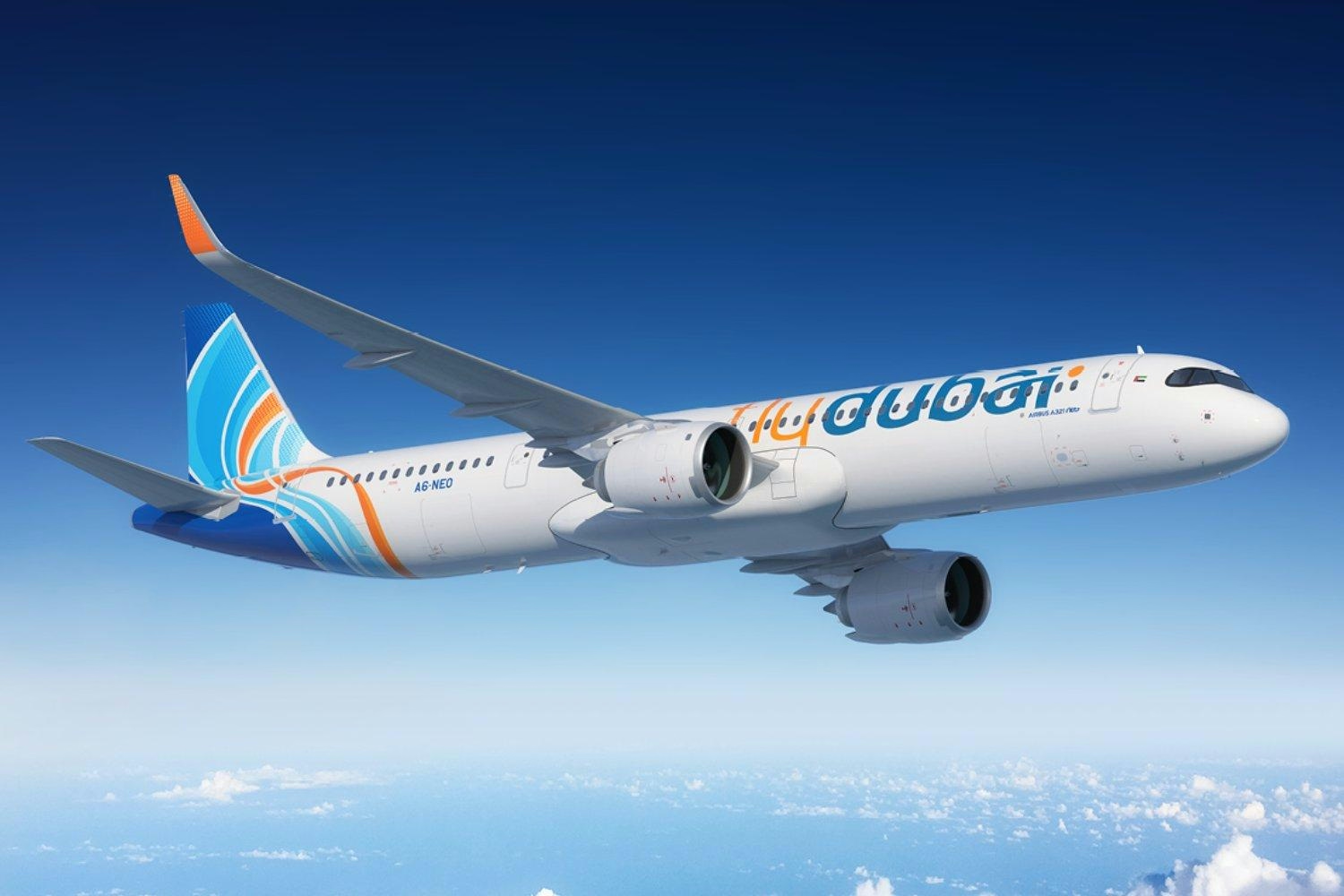
flydubai signs MoU for up to 150 Airbus A321neo aircraft, ending Boeing exclusivity
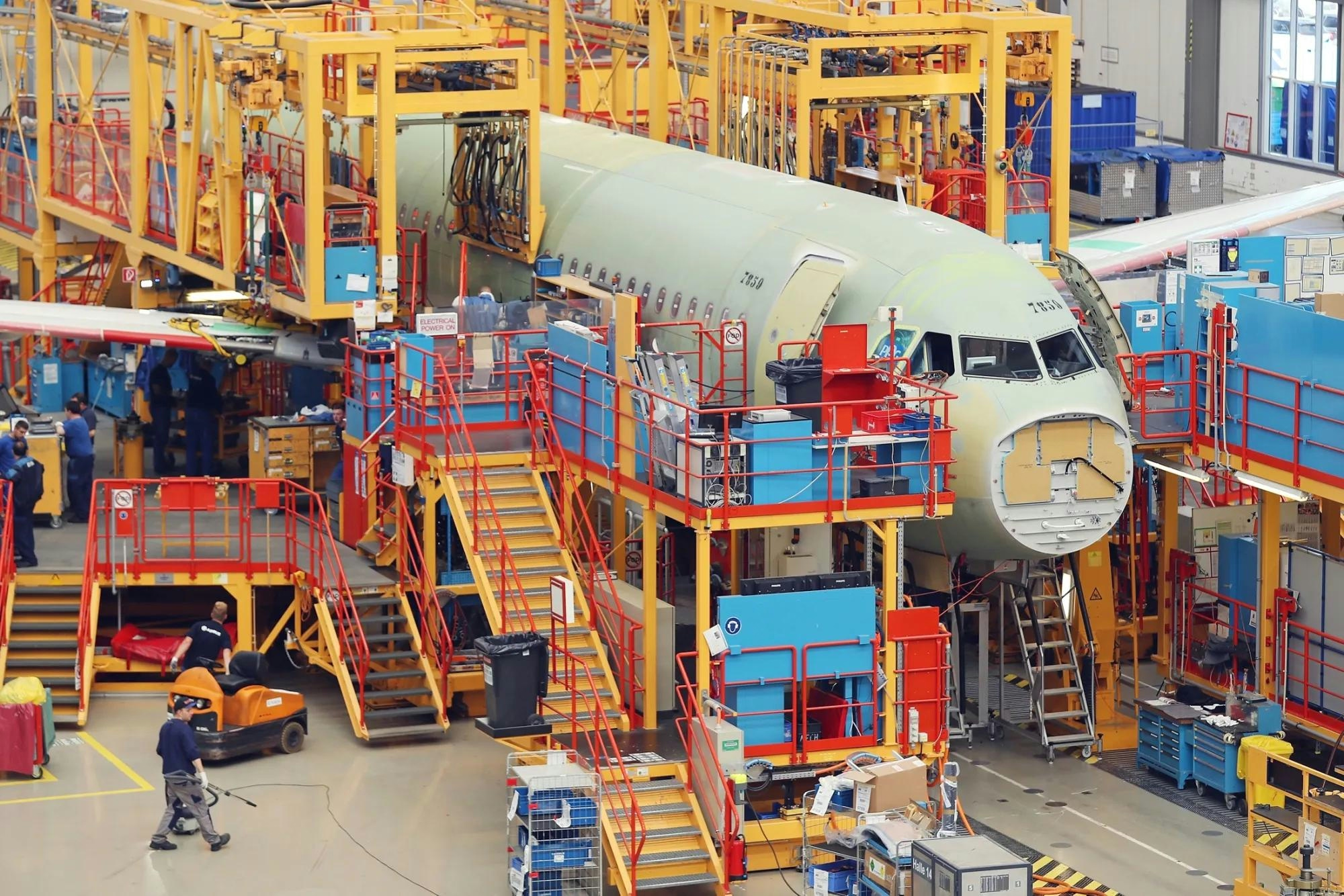
Airbus Secures New Orders from Etihad and flydubai at Dubai Airshow 2025
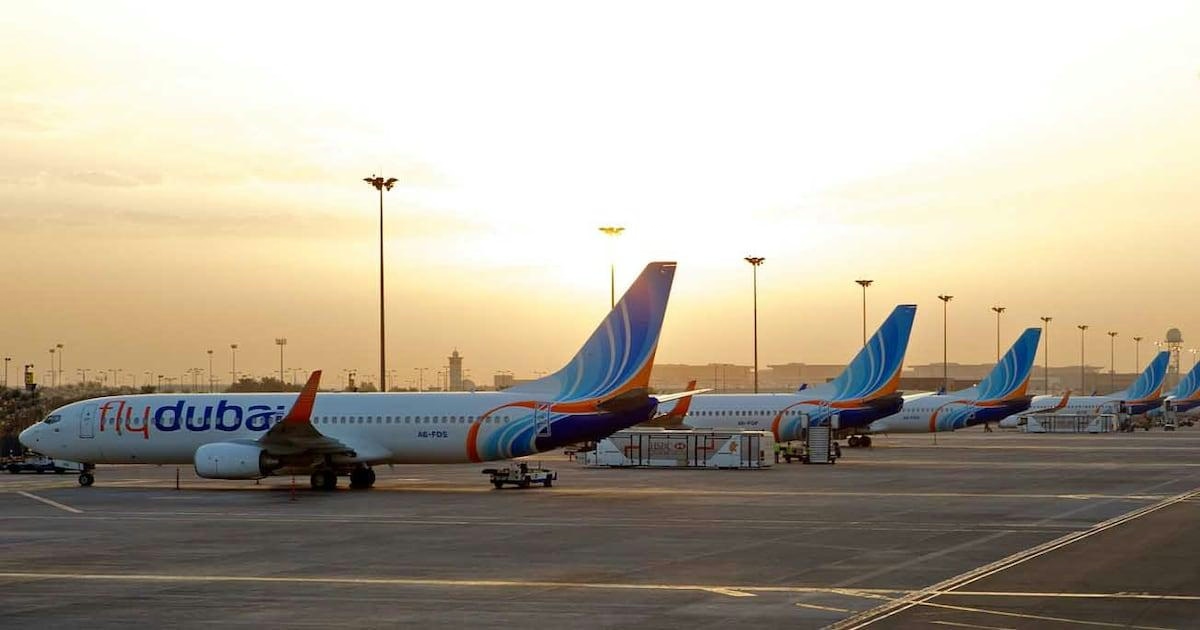
Flydubai Orders 150 Airbus A321neo Jets, Ending Boeing-Only Fleet

AMMROC and Lockheed Martin Sign Letter of Intent to Enhance MRO Cooperation and Regional Support

Emirates kicks off race between Airbus and Boeing for bigger jets
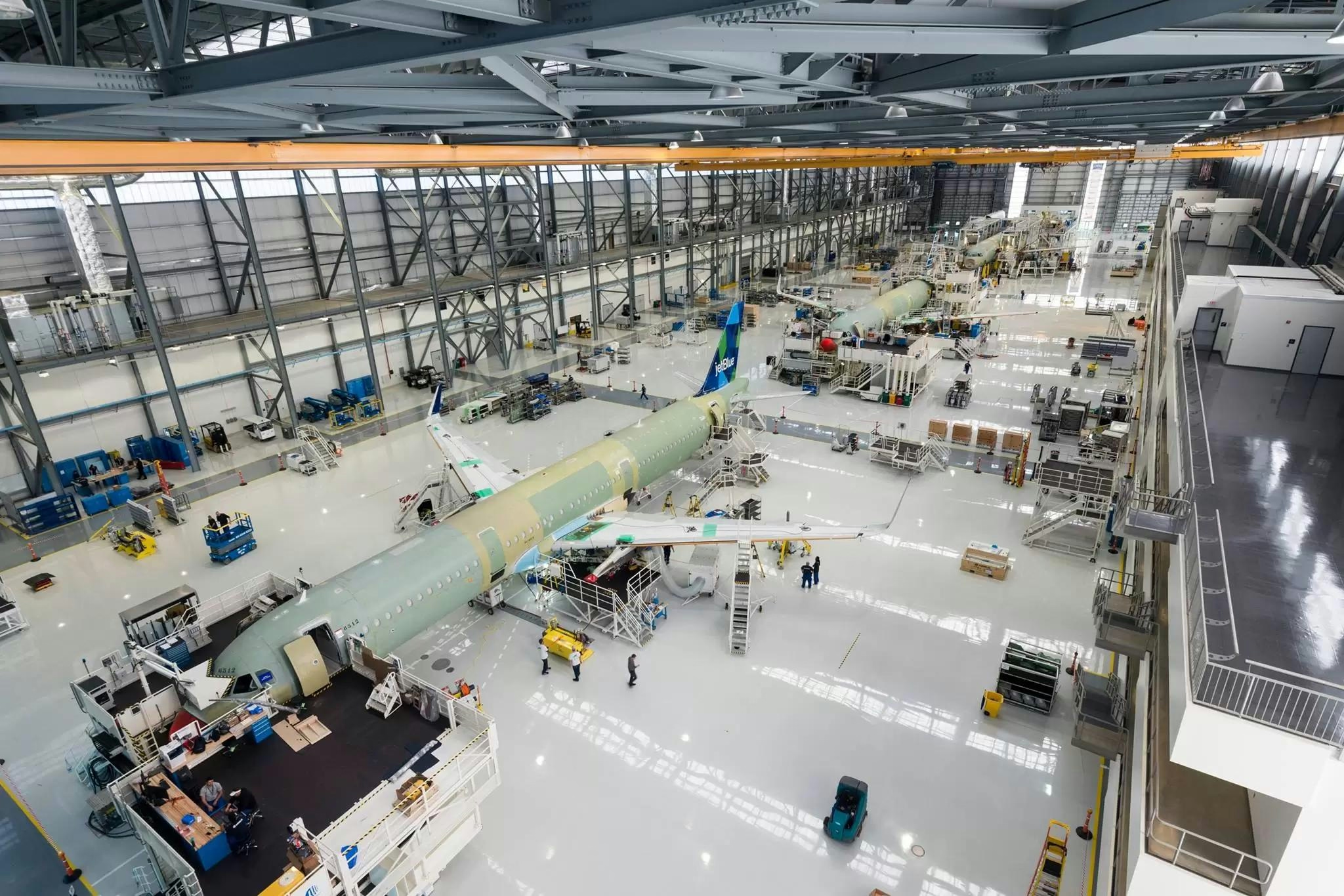
Inside Airbus’s Global Defense and Aviation Technology Hub
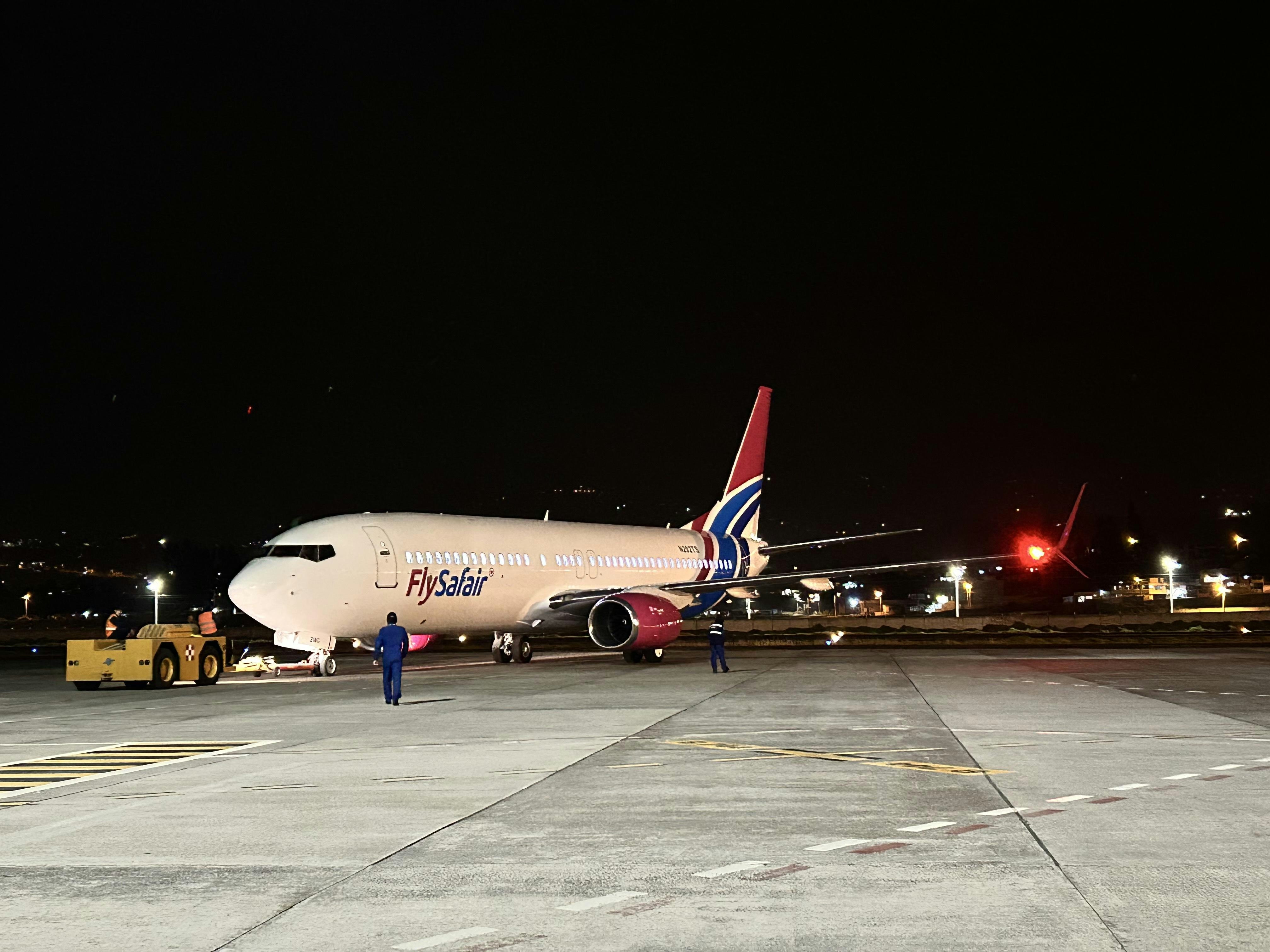
AerCap Leases Boeing 737 MAX and 737NG Aircraft to FlySafair
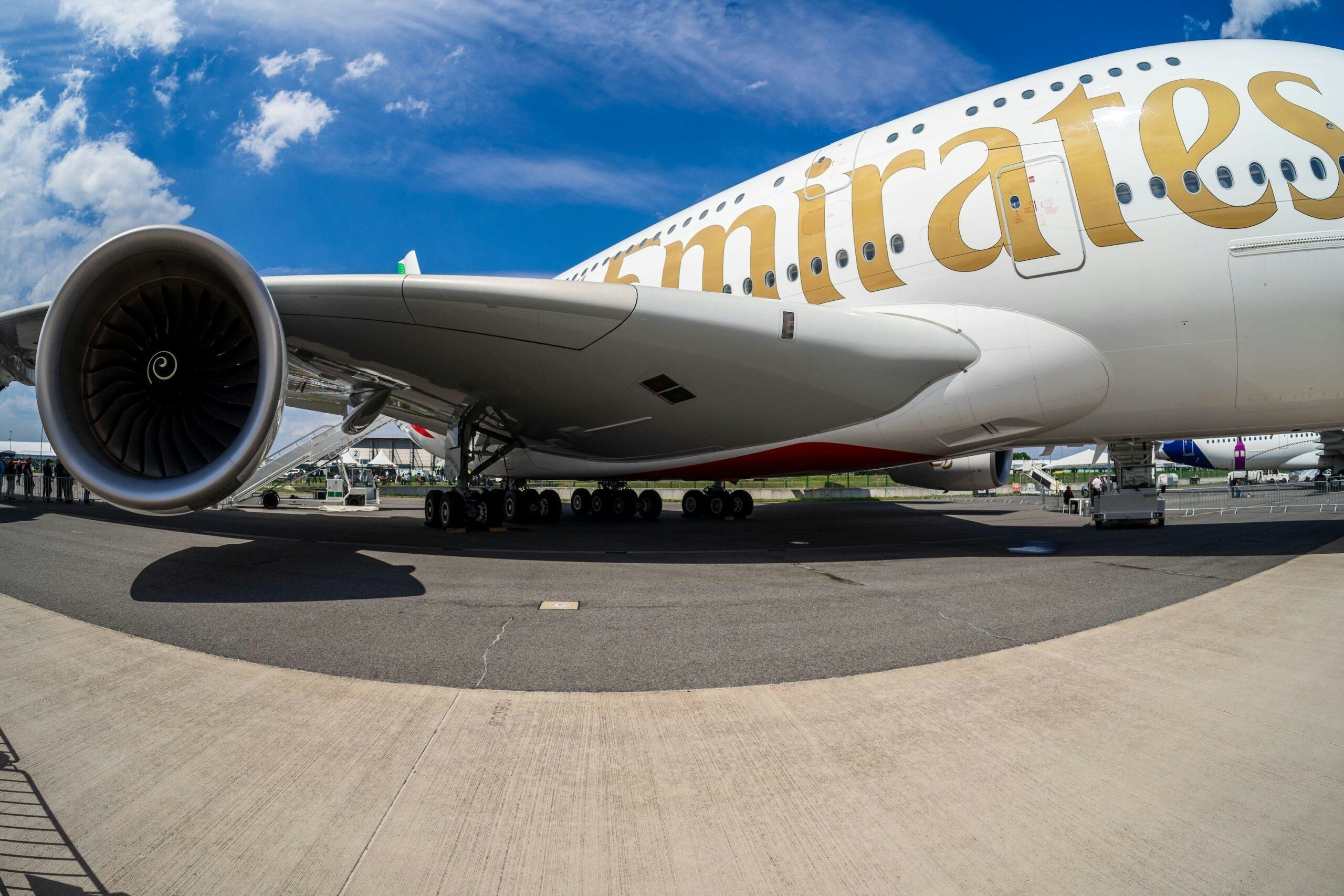
Abu Dhabi's Sanad sees opportunity in global aircraft engine crunch
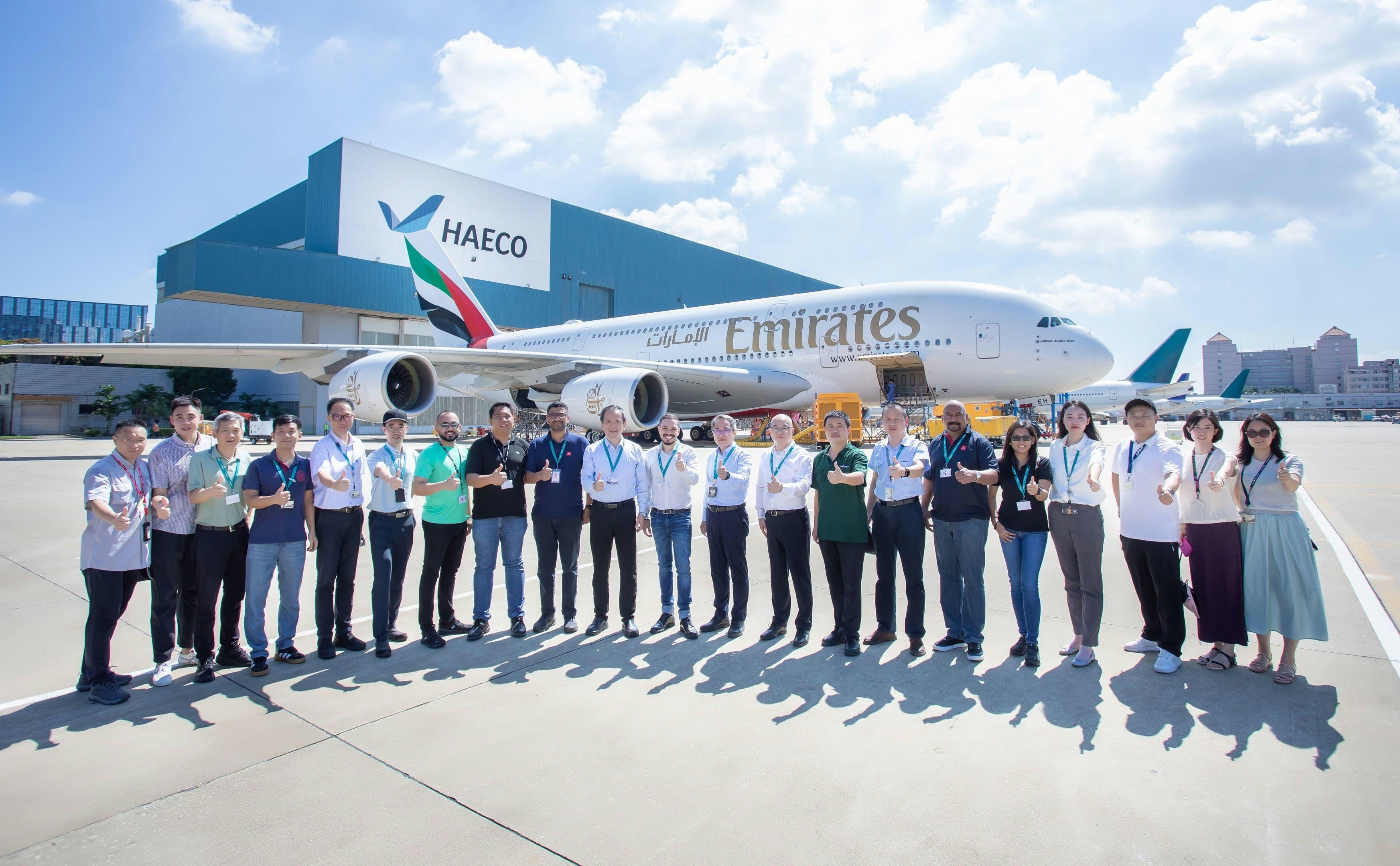
Collins Aerospace and Emirates Extend A380 Landing Gear Maintenance Agreement
